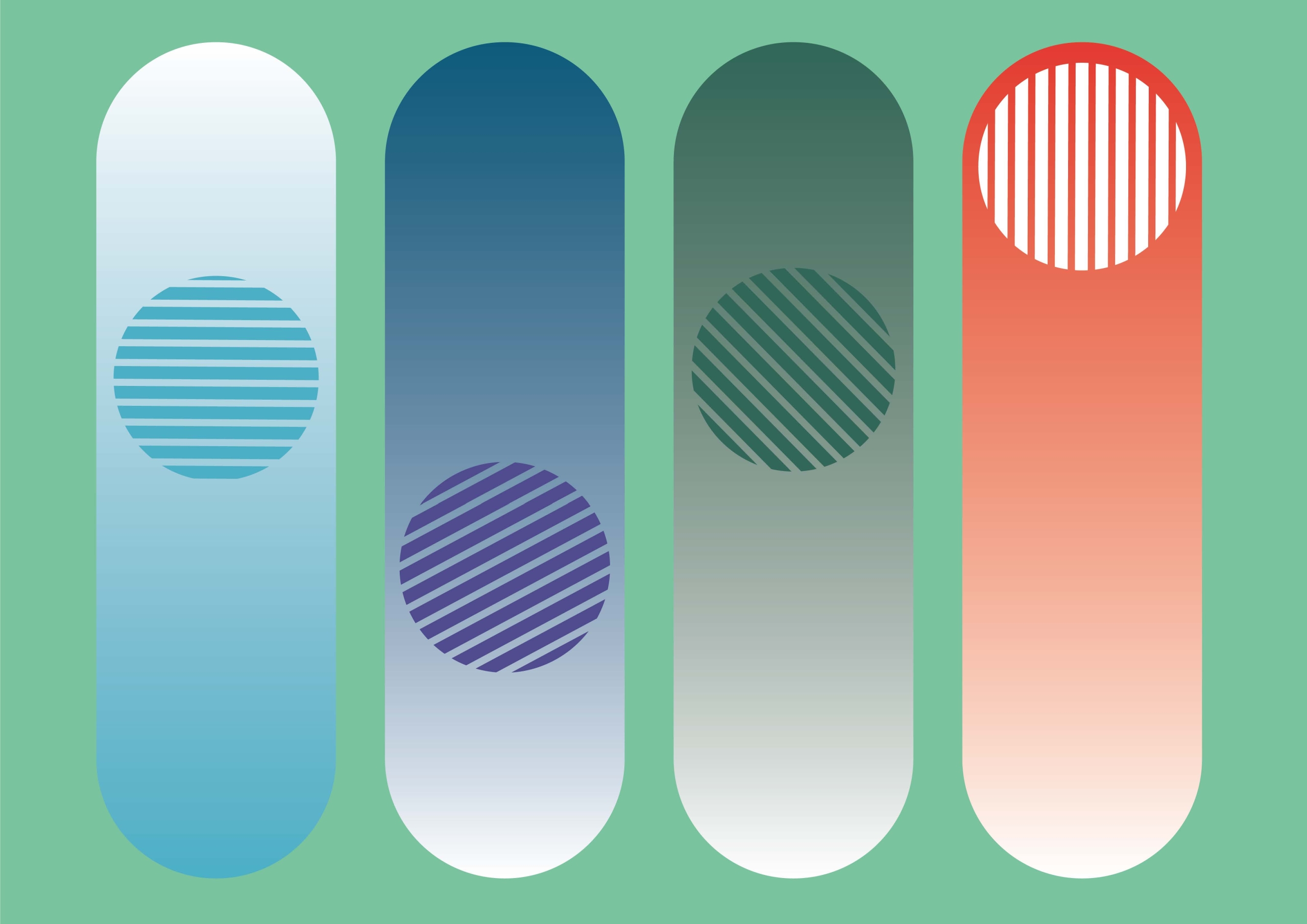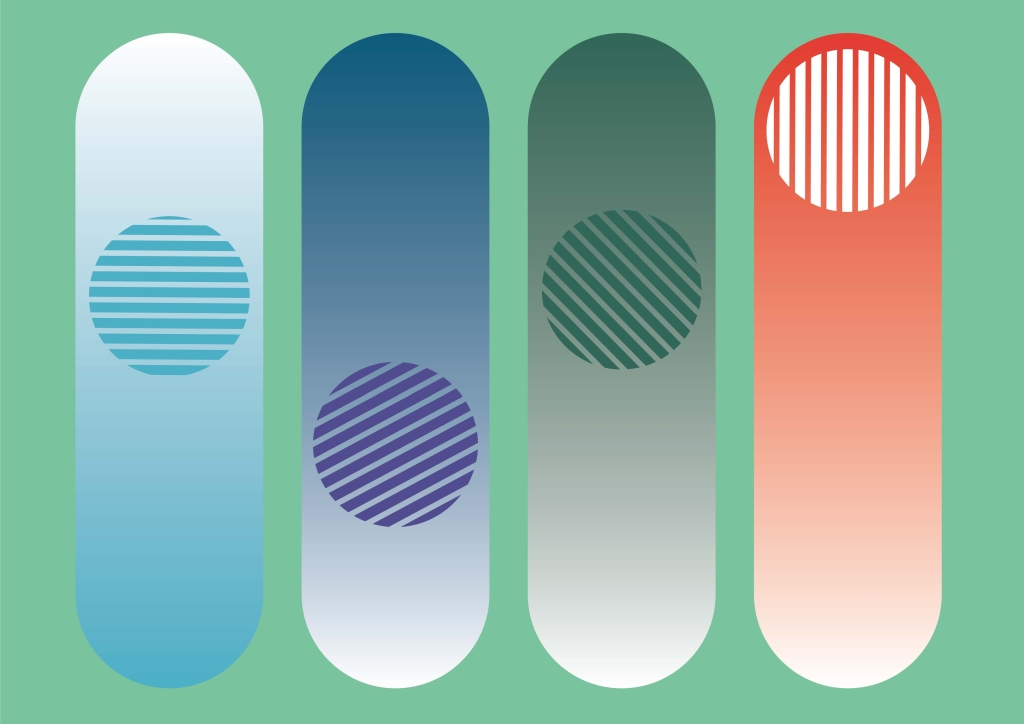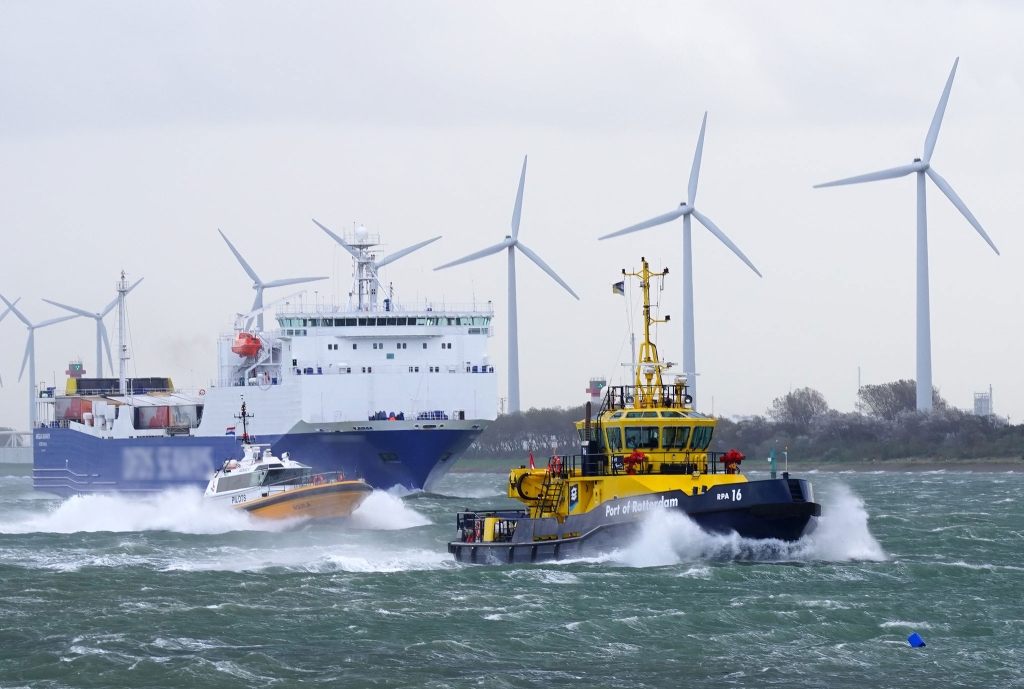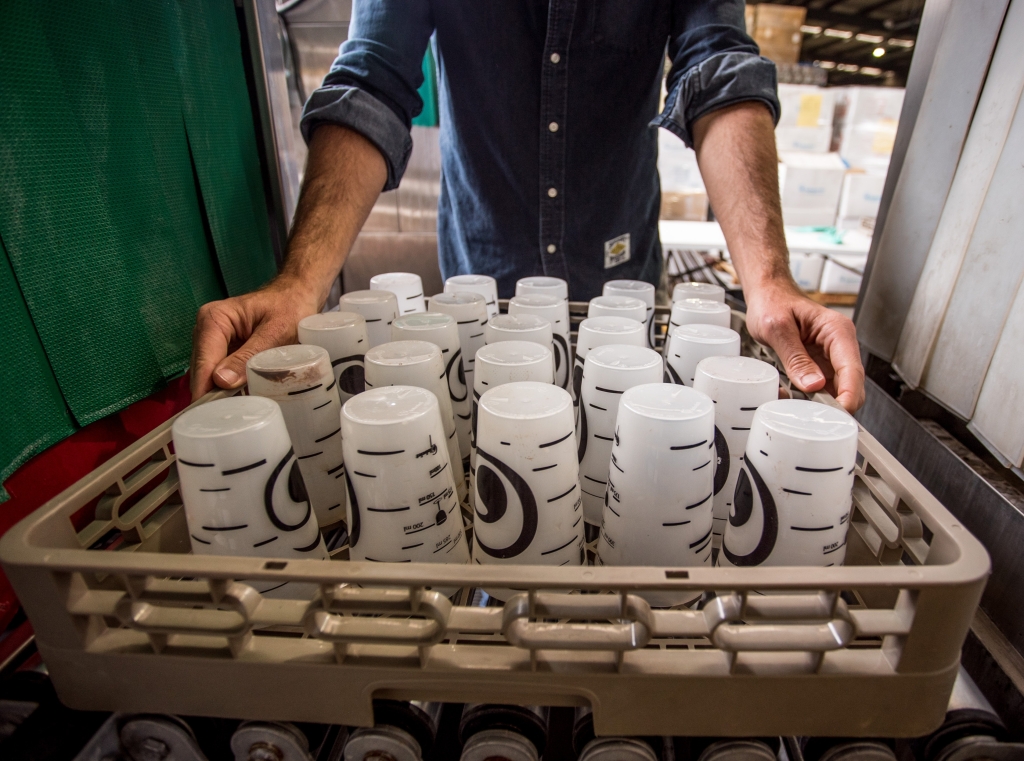Will Europe continue to have access to enough raw materials for the green technology needed for the energy transition? And what role can the port of Rotterdam play in the raw materials transition? These questions were central to a recent collaboration between DRIFT, the Port of Rotterdam Authority, stakeholders from the port industry and other experts. The report ‘The raw material transition for the Port of Rotterdam’ is now available.
The Port of Rotterdam is facing the challenge of transforming from a fossil petrochemical cluster that focuses on refining to a new energy and chemistry port. As Europe’s largest port, this challenge is a tremendous one, as the port area was responsible for 22.5 megatonnes of CO₂ emissions in 2022. The Port has committed to reducing its emissions by as much as 55% by 2030 and to being carbon-neutral by 2050. Innovations such as carbon capture and storage and low-carbon hydrogen as well as saving energy will be key to achieving this.
The main focus of the energy transition is to reduce greenhouse gases. However, other challenges related to exceeding our planetary and social boundaries, such as biodiversity loss and the threat to the health of our living environment, require more and different action. These societal problems are connected to energy transition and affect a wider system: they relate not only to the extraction, production and consumption of energy, but also to the extraction, production and consumption of (raw) materials.
Six developments have put pressure on the availability or usage of these raw material flows and show both the urgency and the interconnectedness of this transition:
- increased demand
- limited supply of materials
- limited recycling capacity
- decarbonisation goals
- geopolitical dependency and sensitivity
- limited availability of land and labour.
Moreover, the EU aims to recycle at least 25% and process 40% of its annual consumption. However, these goals are not only rather limited but also voluntary and have not yet been translated into action. The challenge and opportunity for the Port of Rotterdam is to position itself at these different scales – from the local level to the north-west European and global levels – in relation to the (raw) material transition. The aim of this research is to provide input for a raw material transition strategy for the Port Authority, as well as to analyse these challenges and provide strategies that capture the resulting opportunities. The research will also offer an action perspective for the Port of Rotterdam to guide it in the successful implementation of this new raw materials strategy.
Hence, our main question is: How can the Port of Rotterdam robustly position itself in the (raw) material transition?
In this report, we explore strategies for the Port to navigate the (raw) material transition. Section 2 discusses the transition challenge for each of the three material flows most heavily impacted by six developments. Section 3 presents several transition strategies that can be implemented to deal with the transition challenges. Section 4 provides an analysis of the five crossroads the Port now finds itself at and strategies, actors and actions that will ensure that it moves successfully forward into the future.





